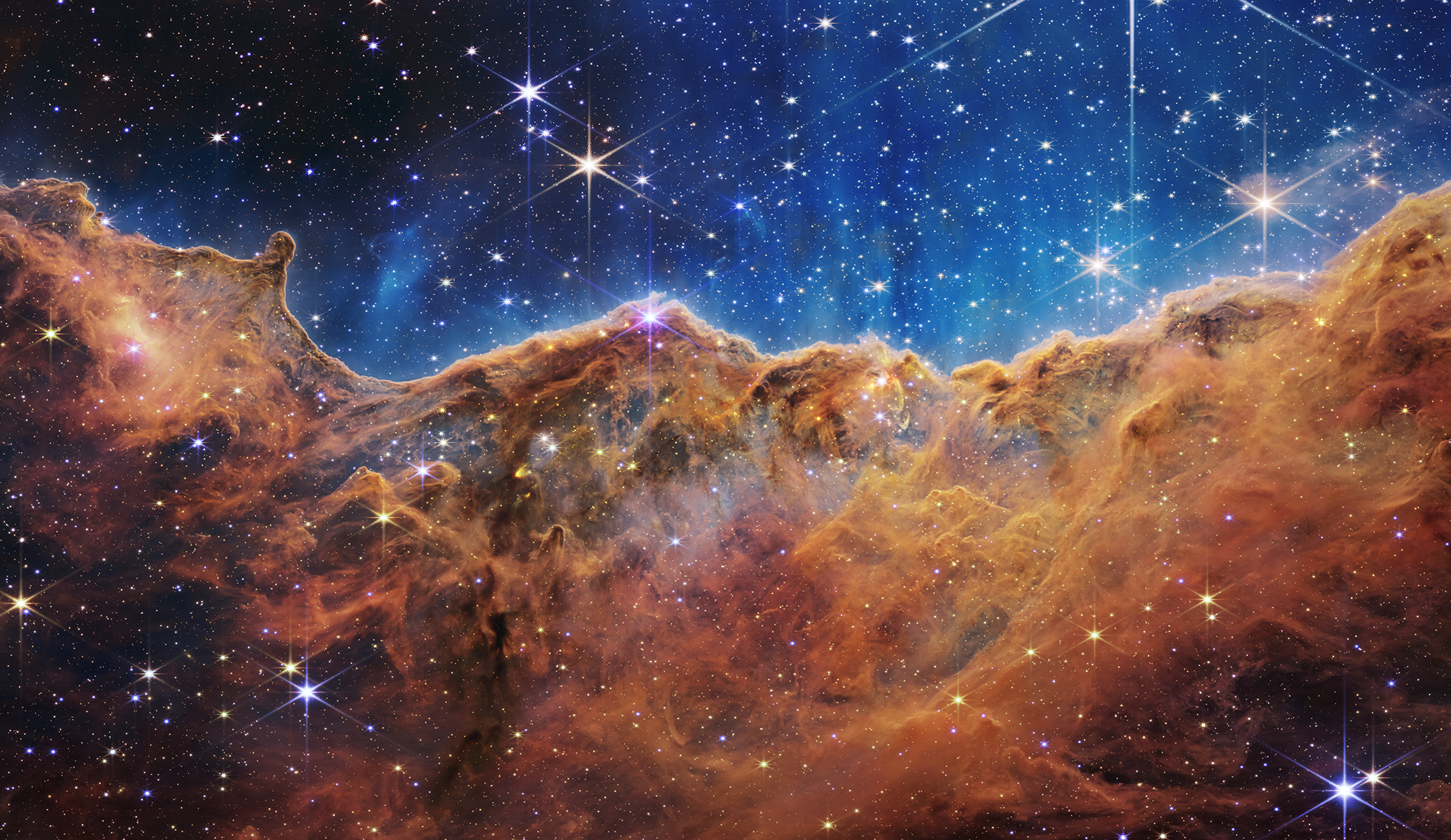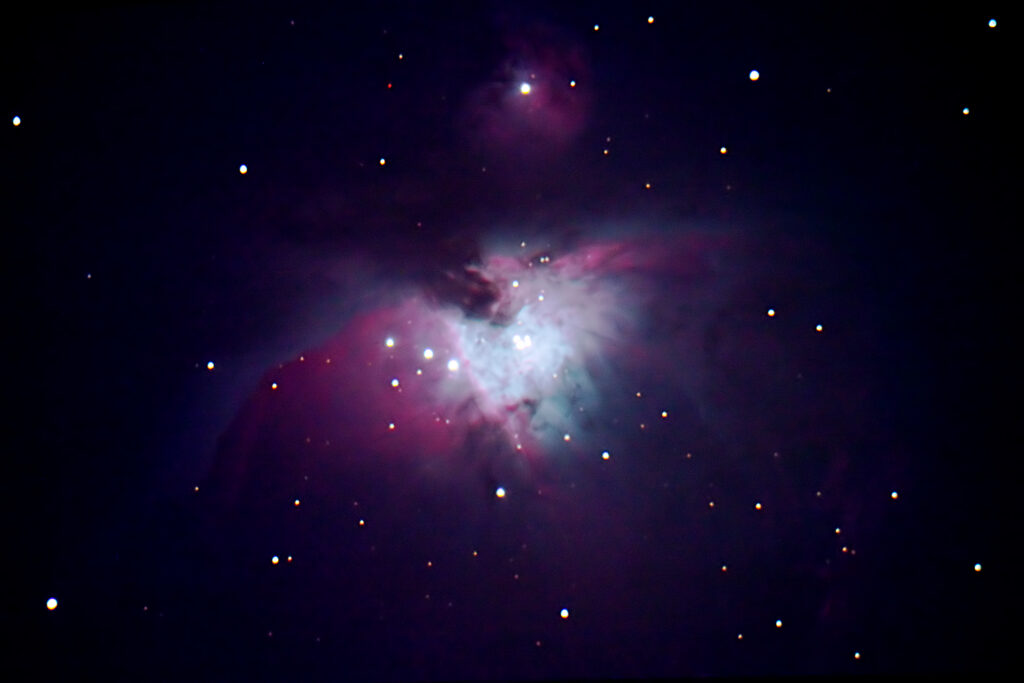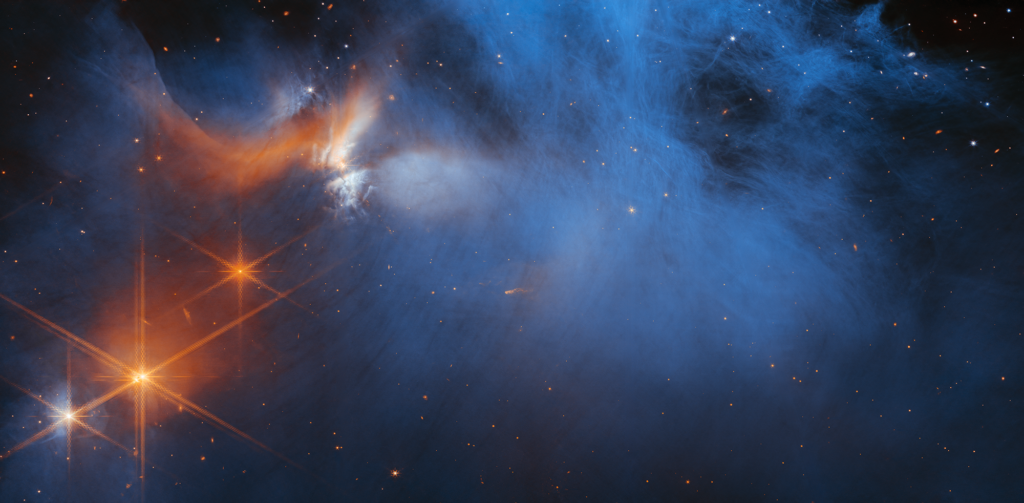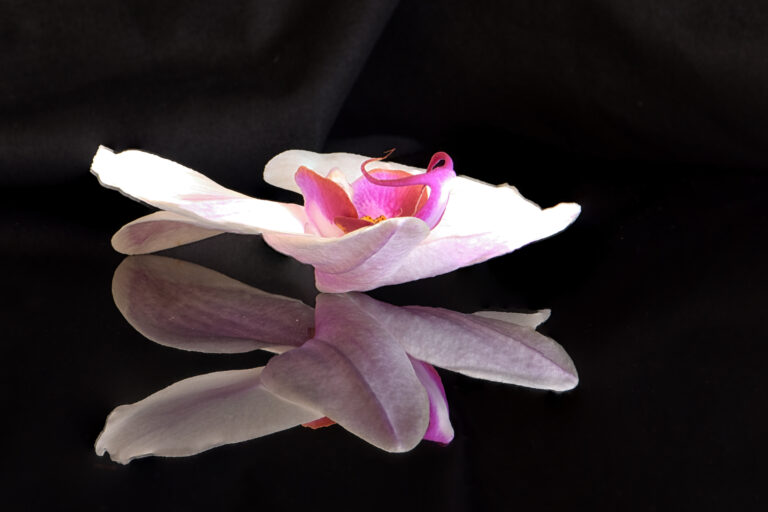Astrophotography by Graeme Hansford
My astrophotography talk was in two parts. The first part focused on practical astrophotography that, at least in principle, anyone can do. Starting with just a camera and tripod, it is possible to produce good images of constellations and star trails, the Milky Way, meteors and comets (whenever a bright one is around!). These targets are all improved if you can shoot from a site with dark skies, away from cities and towns. I then move on to targets that really require a telescope, such as the Moon and the planets. I describe the different types of telescope and the ways in which they can be coupled to a camera. Very appealing images of the bright planets can be achieved by using a webcam to record videos and then ‘stacking’ the frames within the video using freely-available software. This type of astrophotography can even be done from city locations. I also describe methods for photographing deep sky (faint) objects such as galaxies and nebulae.
The second part of my talk described space-based photography using international facilities such as the Hubble and James Webb telescopes. I explained the importance of using different parts of the electromagnetic spectrum beyond the visible such as infrared and radio wave images, including a description of how X-ray optics work. My talk finished with the well-known Pale Blue Dot, possibly the photograph with more narrative value than any other.
Good luck with the Milky Way, it’s quite difficult in my (limited) experience. A dark site is key I think.
Discover more from Coalville & District Photographic Society
Subscribe to get the latest posts sent to your email.







